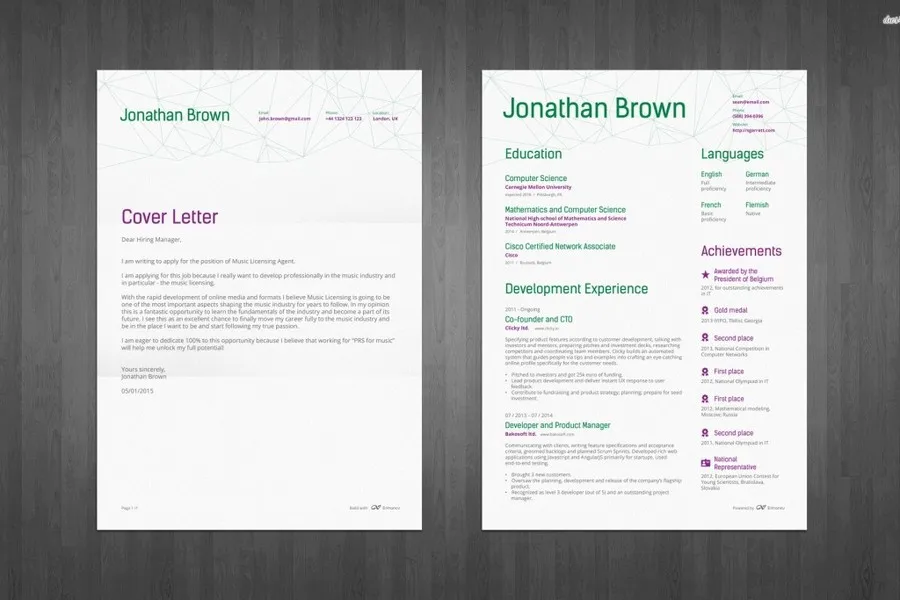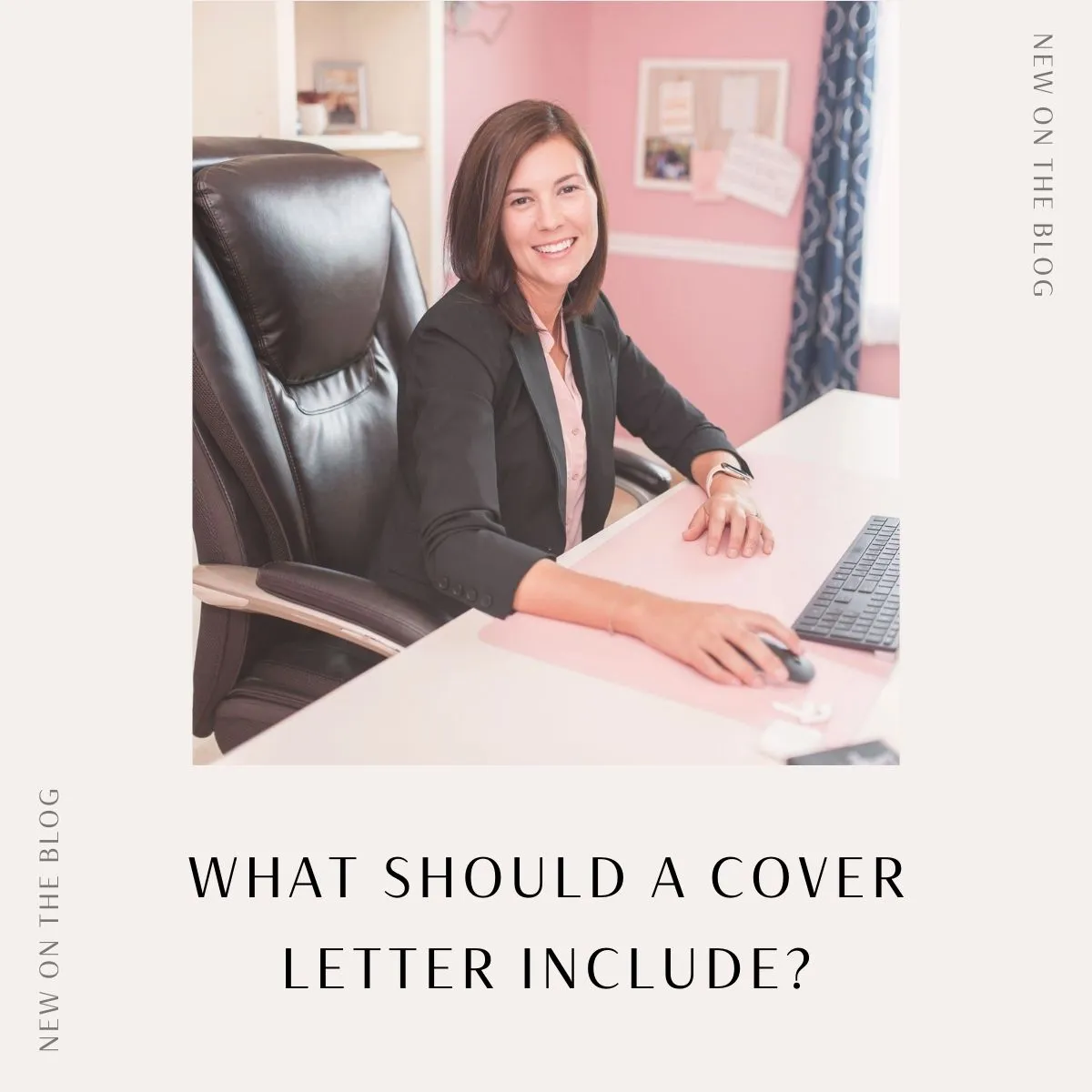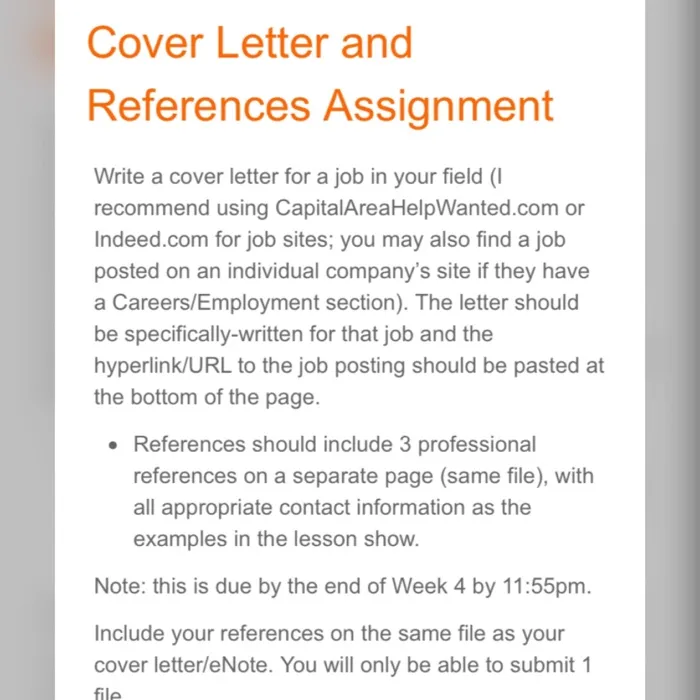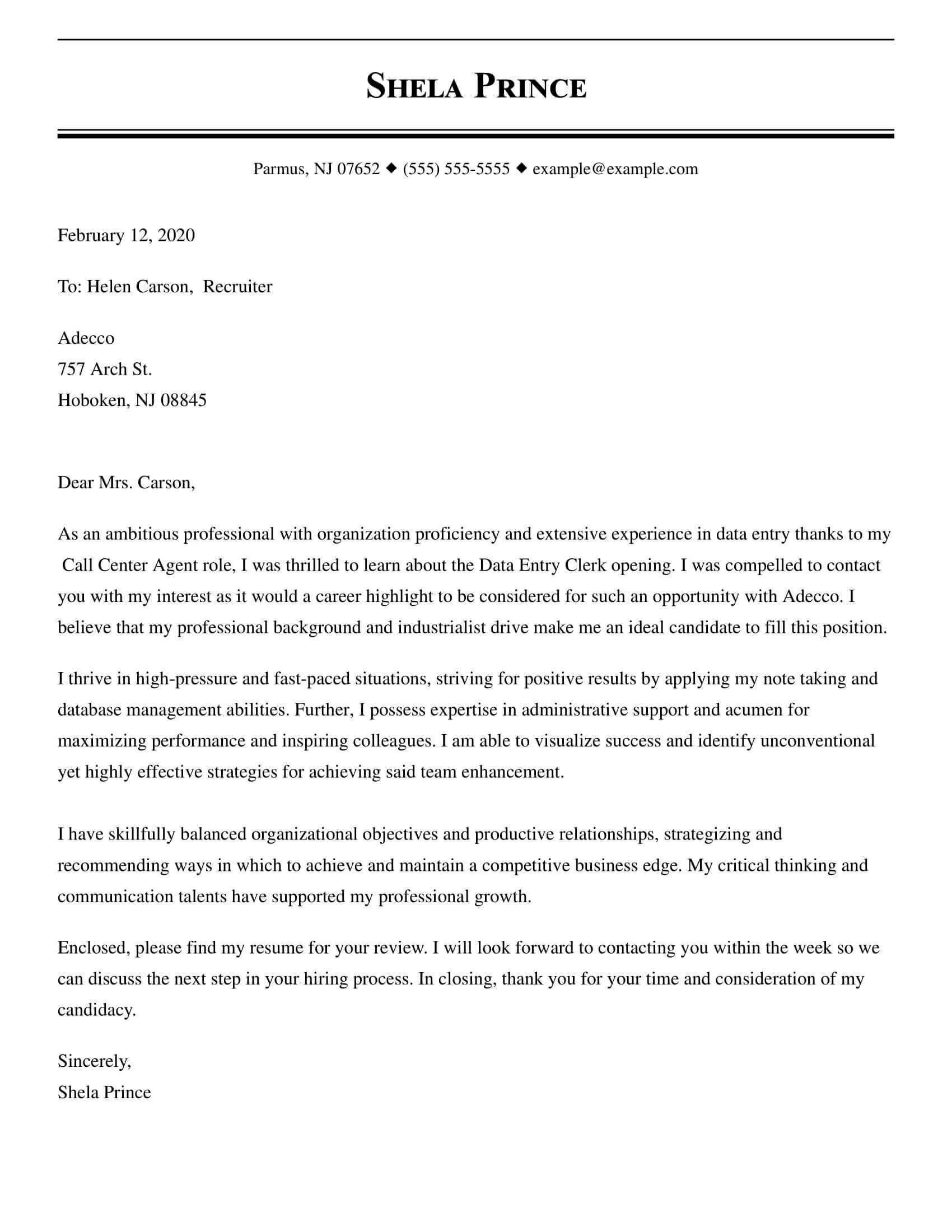Cover Letter Essentials
A cover letter is more than just a formality; it’s your first impression on paper, an opportunity to showcase your personality, and a chance to demonstrate why you’re the perfect fit for the role. Think of it as your personal marketing document, designed to capture the hiring manager’s attention and convince them to read your resume. It’s your voice, speaking to the company before you even get the chance to speak to a person. By taking the time to craft a compelling cover letter, you’re significantly increasing your chances of landing an interview and ultimately, your dream job. Neglecting this crucial step is like leaving money on the table. A well-written cover letter is your chance to shine, providing context to your resume and highlighting your unique skills and experiences.
Contact Information
Before you even get to the body of your letter, make sure you provide clear and accessible contact information. This section ensures that the hiring manager can easily reach you if they decide to move forward with your application. It’s a simple step but crucial for ensuring you don’t miss out on any opportunities. Accuracy is key here; double-check all your details before submitting your application to avoid any unnecessary delays or missed communications. It’s also important to keep this information updated, so you are always reachable. A small error here can lead to a missed opportunity, so pay attention to detail.
Your Full Name and Contact Details

At the very top of your cover letter, include your full name, address, phone number, and professional email address. Use a font size that is easy to read and consistent with the rest of the document. Make sure your email address sounds professional; avoid using nicknames or informal language. A well-formatted and professional contact section demonstrates that you are organized and detail-oriented, which are essential qualities in any workplace. Keeping this section clean and easy to find will give a good first impression to the person in charge of hiring.
Date and Recipient Information
Following your contact information, include the date you are submitting the application. Then, provide the recipient’s information: the hiring manager’s name (if known), their title, the company’s name, and the company’s address. This shows that you have put in the effort to address the letter to the right person. If you cannot find the hiring manager’s name, research on LinkedIn or the company website; addressing the letter to a specific person is always better than a generic greeting. Getting this part right displays your attention to detail and proactive approach, which can set you apart from other candidates. If you cannot find a name use the title, but avoid generic salutations like “To Whom It May Concern.”
The Introduction
The introduction of your cover letter is your first and often only chance to grab the hiring manager’s attention. It sets the tone for the rest of the letter and needs to be concise, engaging, and directly relevant to the job you are applying for. It should immediately convey your interest in the position and the company, making the reader want to learn more about you. This section is where you make your first impression, so it’s important to make it count. A strong introduction should be clear, concise, and tailored to the specific job and company. It should be free of any errors that could distract the reader.
Greeting

Start with a professional greeting, such as “Dear Mr./Ms./Mx. [Last Name],” if you know the hiring manager’s name. If you are unsure of the name, try to find it through research. If you still can’t find the name, a more general but still professional greeting such as “Dear Hiring Manager” is acceptable, but avoid generic phrases like “To Whom It May Concern.” The greeting should always be respectful and appropriate for the workplace. The goal is to make a positive first impression by using the right salutation, which shows that you are paying attention to details and have the right approach.
Expressing Your Interest
Immediately state the position you are applying for and where you found the job posting. Briefly mention why you are interested in this specific role and company. Show enthusiasm and align your interest with the company’s values or mission statement. This paragraph should show your genuine interest and set the tone for the rest of your letter. Avoid generic phrases; be specific and tailor your introduction to the particular job and company. The introduction should also be free of any grammatical errors to make a positive first impression. Your goal is to pique their interest and make them want to read further.
Highlighting Your Relevant Skills and Experience
The body of your cover letter is where you demonstrate how your skills and experience align with the job requirements. This is the core of your letter and where you prove your value to the potential employer. The goal here is to go beyond simply listing your qualifications; you need to show how your experiences have equipped you to excel in the role. Tailor this section to the specific job description and company culture. Show how your background has prepared you for this position. Use examples to showcase your achievements, skills, and explain how they align with the role’s requirements. This is the part where you make your case for why they should choose you over other applicants.
Quantifiable Achievements

Instead of just listing your responsibilities, provide specific examples of your accomplishments. Use numbers, statistics, and data to quantify your achievements and demonstrate the impact you’ve made in previous roles. For example, instead of saying “Improved customer satisfaction,” say “Increased customer satisfaction scores by 15% through implementing a new feedback system.” Quantifiable achievements are much more compelling because they provide concrete evidence of your skills and abilities. These provide hiring managers with clear proof of your past success. Use action verbs and clear language to explain your accomplishments clearly and concisely, making them easy to understand. Adding achievements enhances credibility.
Tailoring Your Letter to the Job Description
Carefully review the job description and tailor your cover letter to match the specific requirements and keywords. Highlight the skills and experiences that are most relevant to the position. Customize your letter to address the specific needs of the company. This shows the hiring manager that you’ve done your homework and are genuinely interested in the role. Avoid sending a generic cover letter; customization is essential. Demonstrate how your skills and experience align with the job’s demands and requirements. By tailoring your letter, you show that you are not just a job seeker but a candidate. This makes you stand out from applicants who may send out generic applications.
Demonstrating Company Knowledge
Show that you have researched the company and understand its mission, values, and recent projects. Mention specific aspects of the company that interest you and explain why you want to work there. This demonstrates your genuine interest and shows the hiring manager that you’ve taken the time to learn about their organization. This could involve mentioning recent news, products, or initiatives. Showing knowledge of the company enhances your credibility and shows the hiring manager that you’re serious about the opportunity. It also provides a great way to stand out. Showing that you did your homework is a great way to be considered an applicant who is serious.
The Closing

Your closing paragraph should be concise and leave a lasting impression. It’s your final opportunity to reiterate your interest, thank the reader for their time, and state your willingness to discuss your qualifications further. It’s important to end the cover letter on a strong note, making it clear that you are eager to move forward in the hiring process. Avoid clichés and aim to be professional and enthusiastic. The closing paragraph gives you a last chance to remind the hiring manager that you are an excellent choice. A great way to end your cover letter is with a strong, confident statement.
Call to Action
Include a clear call to action, such as stating your availability for an interview. Express your enthusiasm for the opportunity and your eagerness to discuss your qualifications further. Make it easy for the hiring manager to take the next step in the hiring process. This could include mentioning your willingness to provide additional information or clarifying your availability for an interview. A strong call to action gives the hiring manager a clear direction on how to proceed. The call to action should be confident and professional, setting a path for the next steps.
Professional Closing and Signature
End your cover letter with a professional closing, such as “Sincerely,” “Best regards,” or “Yours truly.” Follow this with your typed name. If you are submitting a physical copy, leave space for your signature above your typed name. Ensure that your closing is appropriate for the tone of your letter and the company culture. Make sure your signature is neat and legible if submitting a hard copy. Choosing a professional closing is critical for maintaining a professional tone. Including your signature is a final touch that helps to add a personal touch to the cover letter. Keep this information formatted consistently with the rest of the letter, making it professional.
